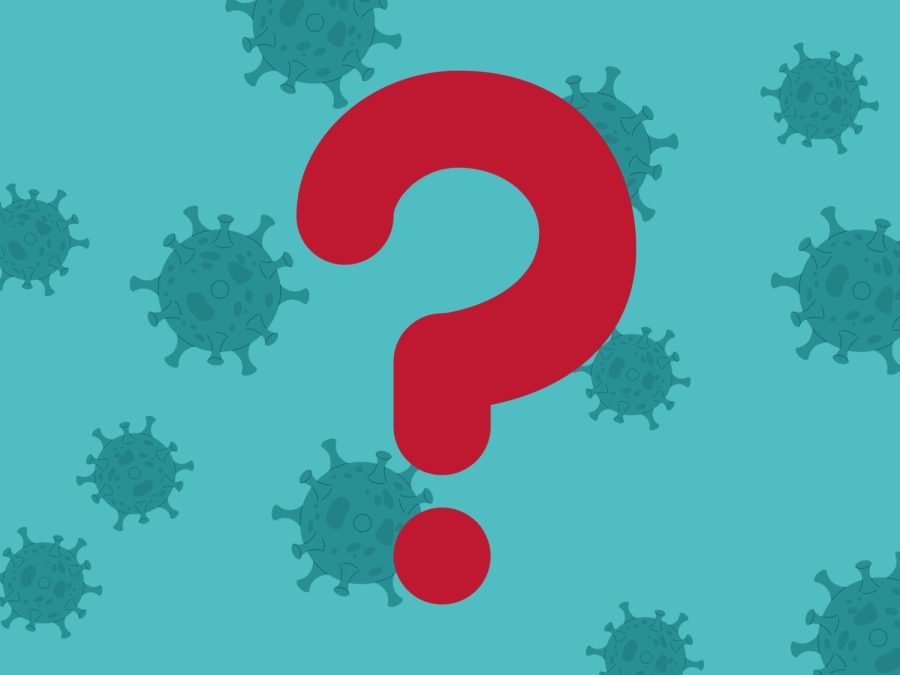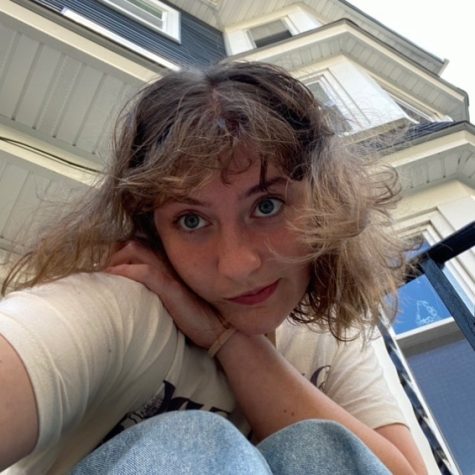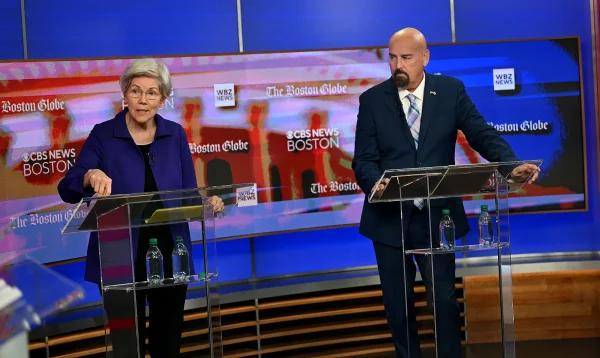Simmons Public Health professors speak on the end of the pandemic
November 12, 2021
Following the news that booster shots have been approved for Pfizer, Moderna, and J&J COVID-19 vaccines, you’d be hard-pressed to find a Simmons Public Health professor who disagrees with that decision. But speaking on the end of the pandemic and returning to normal, their views seem to differ.
Professor John Quattrochi, currently teaching ‘Introduction to Epidemiology,’ calls attention to the fact that there have been past pandemics that have come and gone, saying, “eventually there’s a high enough level of immunity through vaccinations and infections that we get back to something like normal.”
Quattrochi suggests looking at the basic reproduction number, or R₀, to determine when we’ve reached that level of immunity. R₀ represents the number of new people infected from one infected individual. When that number is below one, that means the rate of infection is decreasing. As of August 2021, the estimated R₀ value for the original COVID-19 strain is three, and the estimated value for the delta COVID-19 strain is seven. Quattrochi adds that, with the goal being to keep R₀ below one, it’s difficult to estimate the amount of vaccinations necessary to accomplish that.
“I don’t know,” echoes Professor Charlotte Powley, teaching ‘Health Illness, & Society’ and ‘Introduction to Public Health’ this semester. “It’s funny – all this terminology that was floating around – like oh, once we flatten the curve, we’re there!”
Once the curve was flattened, back in spring 2020, the determination to keep it that way crumbled, and instead of flattening the positivity rate, it was just delayed, reported Vox. Powley continues, “I think this is definitely taking longer than many, if not most, anticipated.”
On the other hand, Professor Elise Brenner, currently teaching ‘Health, Illness, & Society’ and ‘Global Health,’ takes a different approach to this question. Although she agrees that we’ll eventually learn to coexist with this virus through vaccinations and treatments, Brenner recognizes the social change our society has endured.
The COVID-19 pandemic underscored pre-existing inequalities throughout American economic, social, and civic systems in communities of color. With that in mind, Brenner states “I do not want to regain the normalcy we had before – it wasn’t normal. … Normal caused so much suffering for so many people.”
Although no one can say for sure when this will end, the professors agree that there is an end in sight – however you choose to define it.









